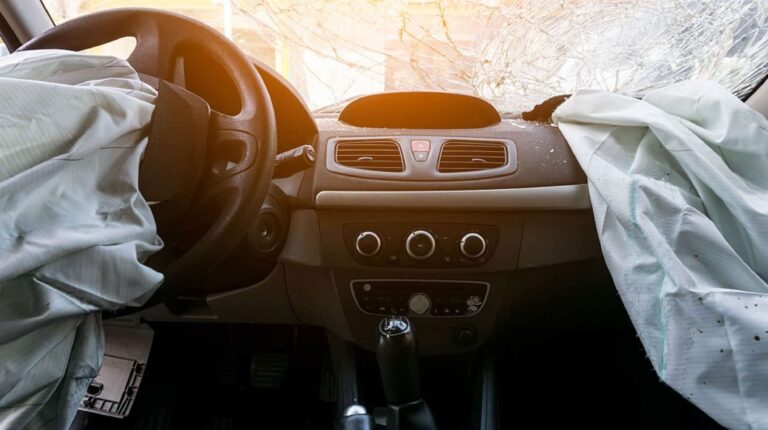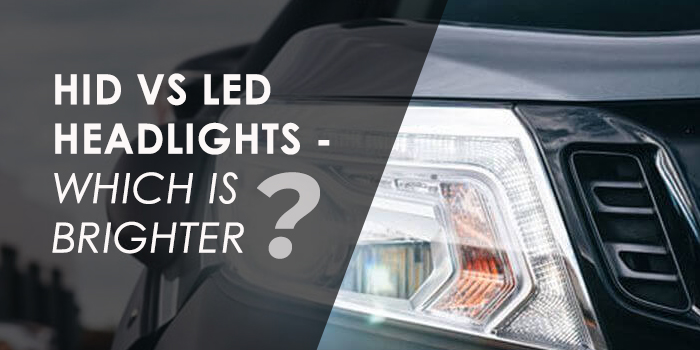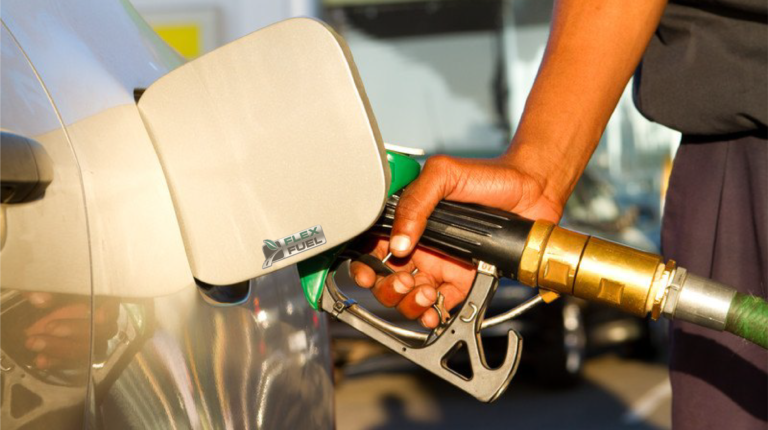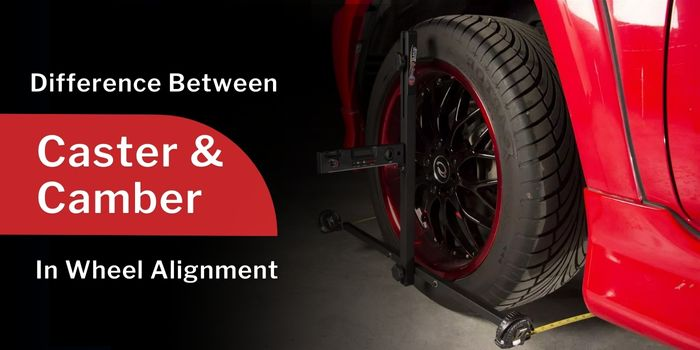
Whether you are driving a sedan, hatchback or SUV, proper wheel alignment is necessary for optimum handling, steering response and tyre grip. When we talk about wheel alignment, the terms camber angle and caster angle are often used to denote the position of the wheel relative to the suspension and body. But what is the difference between camber and caster angle?
The correct caster and camber angle ensure that you can go around corners smoothly and drive in a stable manner. When camber and caster angle is properly adjusted, you will have reduced tyre wear and require less effort in steering the vehicle. Fuel economy also shows a marked increase with the right wheel alignment.
Read on if you would like to know the main differences between caster and camber in an alignment.
Here Read About Car Suspension – How Does It Work?
Caster Angle – for Steering and Handling
When the vehicle is viewed from the side, it is easy to notice that the suspension and steering axis is positioned behind the centre of the wheel rather than tilting forwards. If the steering axis was fixed along the centre vertical line of the wheel, that would be zero caster angle, which is not ideal. The steering axis should tilt rear wards towards the driver, which is known as positive caster angle. It is important for responsive steering, self-straightening of the wheel after a turn and straight-line stability while driving. While a larger caster angle will provide more stability, a lower caster angle improves steering response.

Here Checkout the Bad Steering Pump Symptoms And Ways To Fix It
Camber Angle Explained – for Proper Tyre Wear and Grip
So, what is camber angle? When wheels are tilted inward or outward along their vertical axis (viewed from the front of the car), it is known as the camber angle. Negative camber angle has the wheels tilted with the top tilting inward while positive camber has the top of the wheels tilting outward. Camber angle front and rear can be applied.
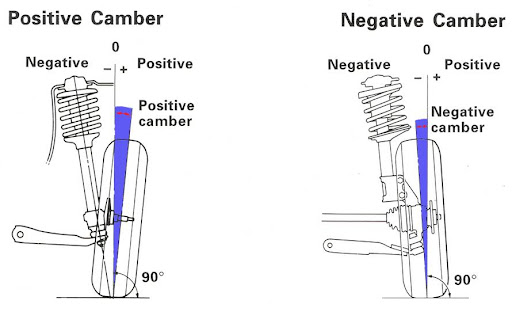
Despite having a negative or positive camber angle, the wheels and tyres will rotate straight under the weight of the vehicle and due to suspension geometry. Camber angle is necessary for producing cornering grip and adding traction to the tyres. The wrong camber angle will also wear out tyres quickly and unevenly. Camber is also required for vehicle stability and a comfortable ride.
Checkout Here How to Pick Up The Right Car Tyre
Driving Behaviour Due to Camber and Caster Angles
Many drivers wonder why castor is important in a vehicle, and how camber angle affects driving dynamics. Camber angles are usually set to negative degrees to compensate for the body rolling or tilting around corners. The car gets a better surface contact, hence more grip and increased steering response. Vehicle stability is also improved. A negative camber compensates for the extra weight of a car and large forces experienced around turns. Normal street cars have a camber adjustment from positive 0.5 – negative 1.5 degrees. Camber angle adjustment is important in race cars that need maximum grip at all times.
Ideally, the wheels should be perpendicular to the road at all times, but setting a negative camber angle in a car will adjust for suspension movement, weight and cornering forces. The correct camber angle will lead to increased tyre tread life and better grip.

When it comes to castor angle, it is applied to the front wheels as that is where the steering works. Caster angle is usually set to positive to improve steering ability and for straight line driving. Typically, the wheels should point straight forward even when you take your hands off the wheel. The positive caster angle forces the wheels to maintain a straight line. That is why they self-straighten after a turn.
The steering receives more feedback with positive caster, but too much angle and the steering will start to feel heavy and unresponsive. Caster angles are usually set to around positive 1 degree for optimum control and stability.
Read here The basics of Hydroplaning
Conclusion
Camber and caster angles during wheel alignment are important for handling, tyre wear and driver experience. Every manufacturer has a set of specifications for the camber and caster angles to be used for optimum performance and control. Messing up these settings may cause vehicle instability and unresponsive handling.
Always have the wheel aligned after a suspension replacement or repair as the caster and camber angles will be off. Your tyres will last longer and wear out evenly when the wheels are properly aligned.
For more interesting articles, visit the Carorbis blog. Have a look at articles such as The difference between radial and bias tyres and What happens when you install Bigger Tyres.
Frequently Asked Questions
Q1. What is Castor and Camber Angle?
Ans. Castor angle is formed between the steering axis of the vehicle wheel and the wheel’s projection onto the ground. Camber angle is formed between the wheels vertical axis to the axle horizontal axis.
Q2. What is the Difference Between Caster and Camber in an Alignment?
Ans. In wheel alignment, the caster angle affects the steering response, cornering ability and stability. Caster angle helps the vehicle travel in a straight line. Camber angle is the inward or outward tilt of the wheel when viewed from the front of the vehicle. Camber affects tyre wear and stability.
Q3. Why is Caster Angle Important?
Ans. Caster angle is important to balance the steering response, increase stability and enable smooth cornering. The caster angle can be positive or negative to provide a certain degree of automatic centring of the wheel after a turn. The car is easier to control and has more directional stability.
Q4. How Does Castor Angle Help in Directional Stability in Automobiles?
Ans. A positive castor angle will provide self-centring of the wheel after a turn because it trails behind the steering axis. The vehicle has less tendency to wander with improved directional stability in a straight line.
Click here to Important Things To Know About Cracked Tires
Q5. What is a Good Castor Angle?
Ans. Positive castor angle is considered better for stability and cornering, especially if you have power steering. Aim for a castor angle of positive 3-5 degrees for a good mix of responsive steering and highway stability.
Q6. What is Caster Angle on a Car?
Ans. Caster angle (also spelled castor angle) is the angle between the steering axis and the vertical axis of the front wheels of a car. The caster angle can be calculated by observing the wheel in relation to the steering axis from the side of the vehicle.
Q7. What Happens When Caster is Off?
Ans. When your car wheels have too much negative caster, it will lose stability and begin to wander from a straight line. With too much positive caster, the car will be difficult to steer. Caster should be calibrated during wheel alignment.
Q8. How Do You Adjust the Angle of Castor?
Ans. The lower control arm ball joint of the front suspension is fixed. So, the upper control arm ball joint is moved forward to make a positive castor angle by adjusting the washers, shims or by using a different upper suspension arm.
Here Checkout Tips to prevent a tyre blowout
Q9. Is Positive or Negative Caster Better?
Ans. A positive caster is used in a vehicle to increase the leaning angle of the tyre while cornering, and returning the tyre to a straight line after the turn. With negative caster, steering is difficult around turns and the vehicle may drift sideways while driving in a straight line.
Q10. What Causes Caster to Exit?
Ans. Usually the caster angle goes out due to a bent suspension lower arm, upper arm or damaged coil spring. This could happen from an accident or by driving over a pothole at high speed. The components should be repaired or replaced to get the caster angle right.
Q11. Does Caster Affect Ride Height?
Ans. Ride height can change the caster angle by up to a few degrees. When a vehicle is overloaded, the coil springs in the suspension will sag, lowering the ride height. The caster angle will increase up 1 or 2 degrees in this case.
Q12. What is Castor Adjustment?
Ans. Castor angle adjustment balances the steering effort, cornering effectiveness and straight-line stability at high speeds. With positive castor, the suspension points towards the rear of the vehicle. If the top of the pivot is pointed towards the front, you have negative castor angle.
Q13. What Components Affect Caster?
Ans. Suspension components such as the upper arm ball joint, lower arm, struts and coil springs and the steering linkage affects the caster angle. The wheel hub moves relative to these components to affect the caster angle.
Q14. How Much Camber is Too Much?
Ans. Normal cars have a negative camber of 0.5-1 degree for a balance between tyre grip and tyre wear. A negative camber of 1.3 degrees reduces oversteer.
Q15. How to Adjust Camber Angle?
Ans. Camber angle is adjusted by using different lengths of suspension control arms. OEM control arms are usually not adjustable.
Q16. Why Do F1 Cars Have Negative Camber?
Ans. Negative camber means the top part of the car tyre is closer to the body than the lower part of the tyre. This widens the track and improves grip.
Q17. What is the Difference Between Camber and Caster Angle?
Ans. Caster angle (viewed from the side) is the angle between the vertical steering axis and the vertical plane of the wheel. Camber angle (viewed from the front) is defined as the angle between the centre line of the wheel and the vertical line.
Q18. Why Camber Angle is Provided?
Ans. Camber angle is the vertical angle between the wheels and the road. It is used to provide better cornering traction, tyre grip and for smooth operation of the suspension.
Q19. How to Measure Camber Angle?
Ans. A simple way to measure the camber angle is to use a digital inclinometer. The device is placed along the vertical axis of the wheel to provide a digital reading of the camber angle.
Q20. What is Negative Camber Angle?
Ans. Car wheels that are angled inward at the top of the tyre are said to have negative camber.
Q21. How Much is 1 Degree of Camber?
Ans. 1 degree of camber equates to 5.5 mm difference in length.
Q22. How Does Caster Affect Camber?
Ans. Car wheels with positive caster will cause a negative camber while cornering and vice versa.
Q23. What is a Good Camber Angle?
Ans. A negative camber angle of 0.5-1.3 degrees is considered good for cornering, grip, braking and tyre wear. Oversteer is also prevented.
Q24. What is Camber Angle Suspension?
Ans. Camber angle is used in the design of suspension components to compensate for wheel movements and forces due to cornering, acceleration and braking.
Q25. What Does Camber Angle Do?
Ans. Camber angle distributes the vehicle load across the entire tyre tread in the most effective way. It also ensures proper tyre wear and stability while cornering.
Q26. Do You Set Caster or Camber First?
Ans. First set the camber angle and then set the caster angle for optimum performance.
Q27. How Can You Tell Camber From Caster?
Ans. Caster angle is gauged from the side of the car whereas camber angle can be visualised from the front of the car.
Q28. What is Caster Angle Used for?
Ans. Caster angle is used for self-centring the wheel after a turn, for better control and in directional stability.
Q29. What is the Best Caster Angle?
Ans. Usually cars are set at 2-3 degrees positive caster for best control.
Q30.what Happens if You Have Too Much Caster?
Ans. Tyre wear will be excessive with too much positive caster. Stability and cornering ability is also affected.

